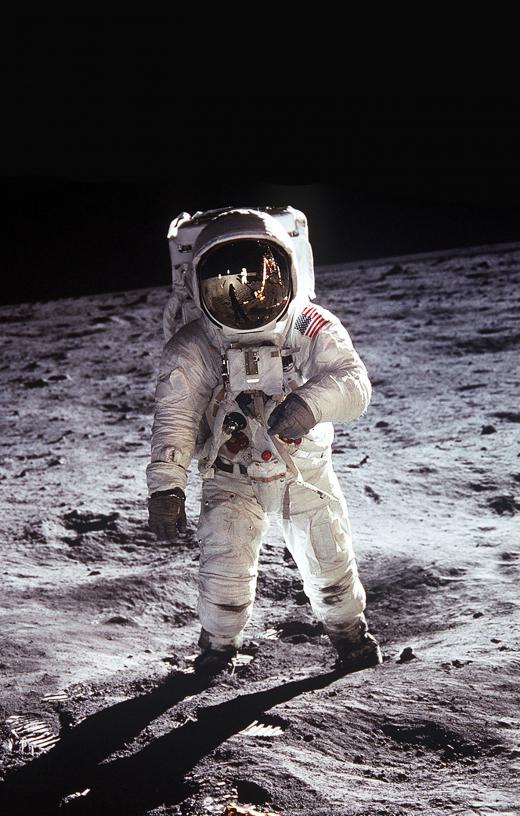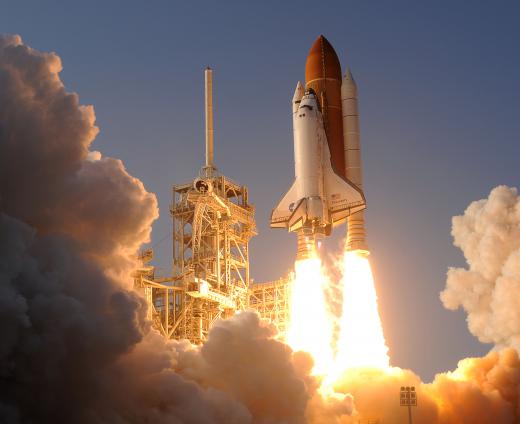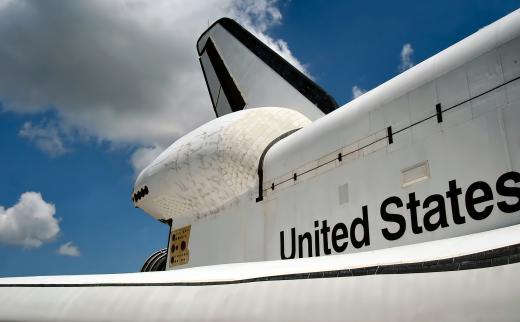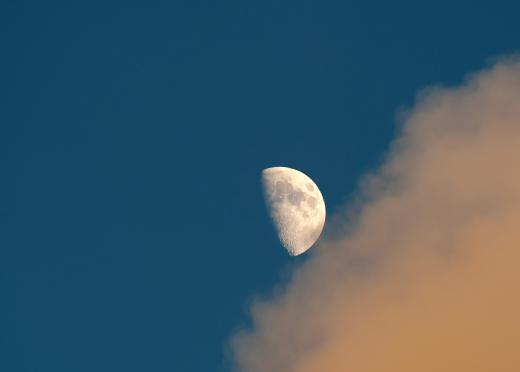What is the Safety Record of the US Space Program?
 Tricia Christensen
Tricia Christensen
The US Space Program is a source of pride for many. We have been to the moon, started the exploration of Mars, sent manned space shuttles around the world, and walked in space. But how safe is the program? This is often hard to tell since the parameters for deciding safety can be different. Does it count when people on the ground are injured or killed, for instance? Statistics on the US Space Program can also be difficult to find since they are often lumped in with the Soviet Space Program. From that, we can say that space flights or testing conditions, as in Apollo One and X-15-3, did not occur during actual attempted launches. The overall safety record of both the US and Soviet Space Program, not including the accidents occurring in the USSR that were never reported is about a 5% rate of fatality.
Including the Apollo One disaster, and in space flights or launches, 17 of the 277 people who have participated as astronauts in the US Space Program have died accidentally. Excluding Apollo One, 14 of the 277 people who have flown in space have died. Most include Apollo One, since it was an intended mission, and though the command module which claimed the lives of three men was not intended for launch that horrific day, it would have gone up in a month.

When Apollo One is included in the US Space Program Safety record, the death rate climbs to slightly over 6%. But many people are concerned that the majority of deaths in the US Space Program have been with the shuttle program. 14 deaths occurred as a result of the Challenger shuttle, when it disintegrated a few seconds after launch in 1986, and the destruction of the Columbia shuttle upon earth re-entry in 2003. Part of the higher death rate corresponds to the higher number of passengers aboard each shuttle, which was seven on each.

The safety of the US Space Program is further debatable when you take into account deaths of members of the ground crew. In 1964, three technicians were killed and eleven seriously burned when a rocket accidentally ignited. In 1981, five technicians were rendered unconscious and a sixth died due to exposure to lethal gases. Death rates have been even higher in programs outside the US. A 2003 rocket explosion in Brazil claimed the lives of 21 people.

The concept of safety is a highly variable one. For example, is it safer to fly on a plane than it is to be an astronaut for the US Space Program? Or to drive a car? This is fairly easy to answer. As of 2006, you have a one in 22.8 million chance of dying on an airplane. Your lifetime odds of dying from injuries related to a car crash are 1 in 84 or 1.1%. From reviewing the flight records of the US Space Program, odds of dying on a space flight are about 1 in 20. There can be no denying this is dangerous work.

Astronauts in the US Space Program do know this record, much more intimately than we know it. They are prepared for accidents, injuries and possible death. These statistics can’t even begin to list the number of accidents that have not resulted in death but have been near misses. Those are even more frightening, since they occur with great frequency. We’ve also only just begun to understand the possible long-term effects on the body of anti-gravity environments. Some effects are relatively negative and could contribute to premature aging or shortened life span.
The trouble with space flights is that they are still highly experimental. The US Space Program, and other Space Programs across the world do not yet always know what will work, what will be safe, and all the potential hazards. Astronauts set forth to gain additional knowledge at a potentially lethal cost. The US Space program certainly learns from mistakes, but we have not yet amassed total knowledge in how to safely explore space. Thus the US Space Program can’t be said to be completely safe, but its participants can certainly be honored as brave.
AS FEATURED ON:
AS FEATURED ON:














Discussion Comments
I live fairly close to Marshall Space Flight Center, and I can say that whenever something tragic like the Challenger explosion happens, they will stop at nothing to figure out what happened and how to prevent it from happening again. Every engineer, scientist and mechanic who ever touched or designed that shuttle was called in after the explosion and went over every procedure and every system.
They weren't even afraid to admit some of their own shortcomings, like getting too relaxed about shuttle launches in general. When Columbia got struck by a piece of foam during the launch, one of the first things the ground crew did was to remove that same foam from other shuttles. They weren't going to let it happen again.
Post your comments